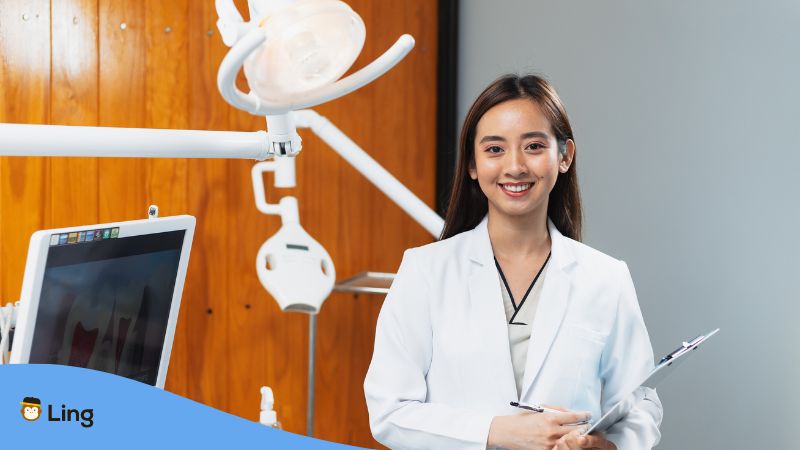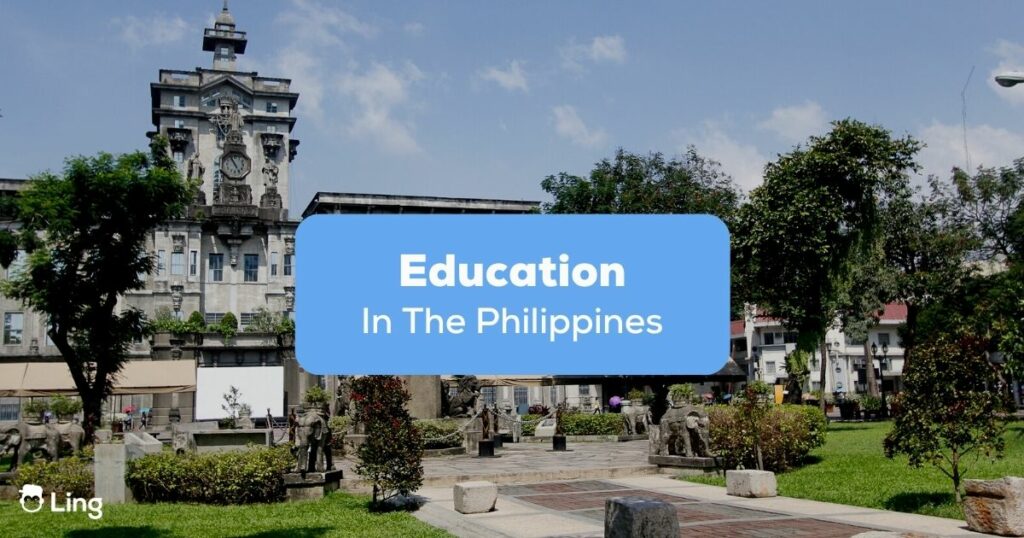Did you know that edukasyon (in Tagalog), or education in the Philippines, can be a stepping stone to better social and economic opportunities? Let’s get to know more about it in today’s guide!
Just like in most Asian countries, education is viewed as an integral part of the society. For many of the locals, they believe that a good scholastic record can pave the way for a comfortable future and to secure a position in top companies. No wonder why a huge percentage of Filipinos also take graduate courses to further their professional qualifications immediately after graduating from college. Want to learn more about this? Let’s learn more in the sections below!
Brief History Of The Education System
Let us first start with the brief history of the Philippines’ education system. This will help you understand more about education in the Philippines.
In the past, education in the Philippines was informal, decentralized, and lacked structure. Men learned how to find food and earn a living from their fathers, while tribal tutors called Babaylan or Katalonan served as teachers. When the Spanish came to conquer the Philippines, the state of education was formalized, and it took a very authoritarian nature. During this time, the tribal tutors were replaced by Spanish Missionaries who taught students in single-gender parochial schools.
In 1863, the first educational decree was upheld. This law gave Filipinos a complete system of education from elementary schooling to the collegiate level. However, several parts of it were changed once again during the American colonization period. During this time, Thomasites arrived in the Philippines to build schools, improve the education system, and teach Filipinos. Surprisingly, some of the schools they built are still existing today!
During the Commonwealth period from 1935 to 1942, certain changes to the Philippine education system were implemented. For instance, schools started teaching ethics, vocational subjects, and Tagalog. When the Japanese came to the shores of the country, further changes were implemented, like the termination of the use of English in school and the teaching of Japanese culture.
Today, the education system in the Philippines is headed by two government entities: The Department of Education or DEPED (for basic education) and the Commision On Higher Education or CHED (for colleges and universities). Additionally, the teachers are now mainly from the Philippines, and they all need to pass the Licensure exam to be qualified as a teacher or college instructors. For vocational courses, the Technical Education and Skills Development Authority (TESDA) is the government body tasked to create the specialized curriculum.

What Is The K-12 Education About?
The K to 12 Program includes Kindergarten and 12 years of basic education (six years of primary education, four years of Junior High School, and two years of Senior High School). This gives students enough time to master concepts and skills, create lifelong learners, and prepare them for tertiary education, middle-level skill development, employment, and starting their own businesses.
Primary Education
Elementary school in the Philippines typically lasts for six years and is divided into two cycles: primary (four years) and intermediate (two years). Public schools follow this education program, while private schools usually have a seven-year program that starts a year earlier.
At the end of each school year, students total grades are evaluated, and those who pass or achieve a minimum grade of 75% move on to the next level. After completing six years of primary school, students graduate and receive a diploma. With this, they can move on to the next level of schooling.
Secondary Education
Secondary education, or high school, is one of the most memorable parts of being a Filipino student. In the Philippines, high school is made up of two levels: Junior high school (4 years) and Senior high school (2 years). At the junior high school level, students may enroll in a general, vocational, and science curriculum so they have the chance to get more subjects aligned with their desired college course. The same is true for the senior high school, where they can choose a specific strand they are interested in.
On the other hand, Senior High School begins from Grades 11 to 12. The new school system in the Philippines added two more years to the curriculum. This is now called Senior High School. Senior High School is now required for all students. By the end of Senior High School, students have the information and skills to go to college or get a job.

Higher Education
After completing K-12 schooling, students in the Philippines can go to college, which is required. There are three stages of higher education: Undergraduate (Bachelor’s Degree), Postgraduate (Master’s Degree), and Doctoral (Ph.D.).
There are different types of Higher Education Institutions (HEIs) in the Philippines. Colleges offer studies in specific fields like nursing or information technology, while universities have strict standards that they must meet, such as offering six undergraduate courses, including courses in liberal arts, science, and social sciences, and two graduate-level courses leading to a Ph.D.
HEIs in the Philippines can be public or private, for-profit or not-for-profit, and secular or religious. Public schools and universities are non-religious and funded by the government, while private schools and universities can be religious or non-religious, run and funded by private groups. Some universities in the Philippines are affiliated with faith groups, while others are not.
Alternative Learning System In The Philippines
In the Philippines, some Filipinos don’t have the chance to finish traditional basic education due to various reasons, such as a lack of schools in their towns or stopping going to school. To give every Filipino the opportunity to get a basic education, the government established Alternative Learning System (ALS).
ALS is an additional way for people in the Philippines to learn beyond the official education they receive. It serves as an alternative or substitute for those who can’t access or attend formal schooling. ALS includes both formal and non-formal ways of learning that can take place anywhere and anytime based on the learners’ availability.
ALS Non-Formal Education is community-based and usually held in learning centers, multipurpose halls, libraries, or homes, run by ALS learning facilitators such as mobile teachers, district ALS coordinators, and instructional managers at a time and place agreed upon by the learners and facilitators. It’s different from formal education, which takes place in classrooms run by trained teachers. With ALS, every Filipino has the chance to get a basic education regardless of their situation.
Start Learning Tagalog
Kristel Fulgar, a famous actress, singer, and content creator in the Philippines, decided to study in South Korea. This has fulfilled her dreams not just of becoming a student but also of a fan of the Korean Wave or Hallyu. But before she went her way to study there, she first learned the Korean language. This has made her life as a student in South Korea. So, if you wanna be like Kristel and you’re interested in studying in the Philippines or even just visiting the Philippines, it’s nice to learn some basic Tagalog phrases. Luckily, the Ling app can help you achieve that goal.
Now you can finally say goodbye to rigid school policies and tight schedules because, with the Ling app, you can learn a language anytime and anywhere. With its advanced features, you’ll get a quality language-learning experience and improve your language skills in record time. So, kickstart your Filipino kind of education. Download it now from the Play Store or App Store to get started!

















